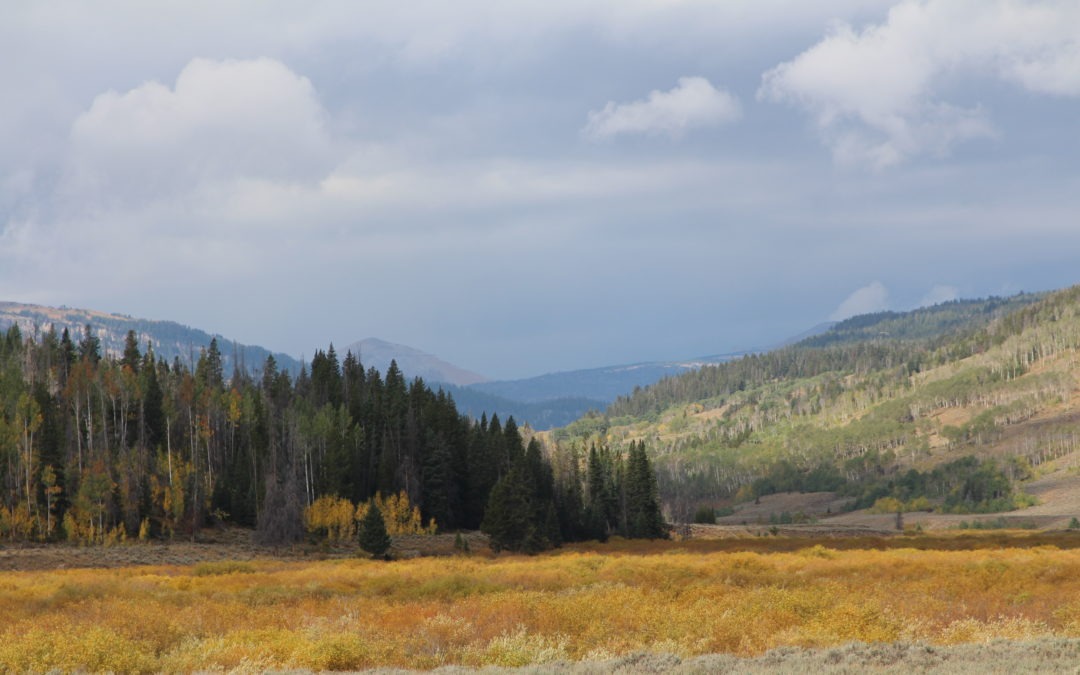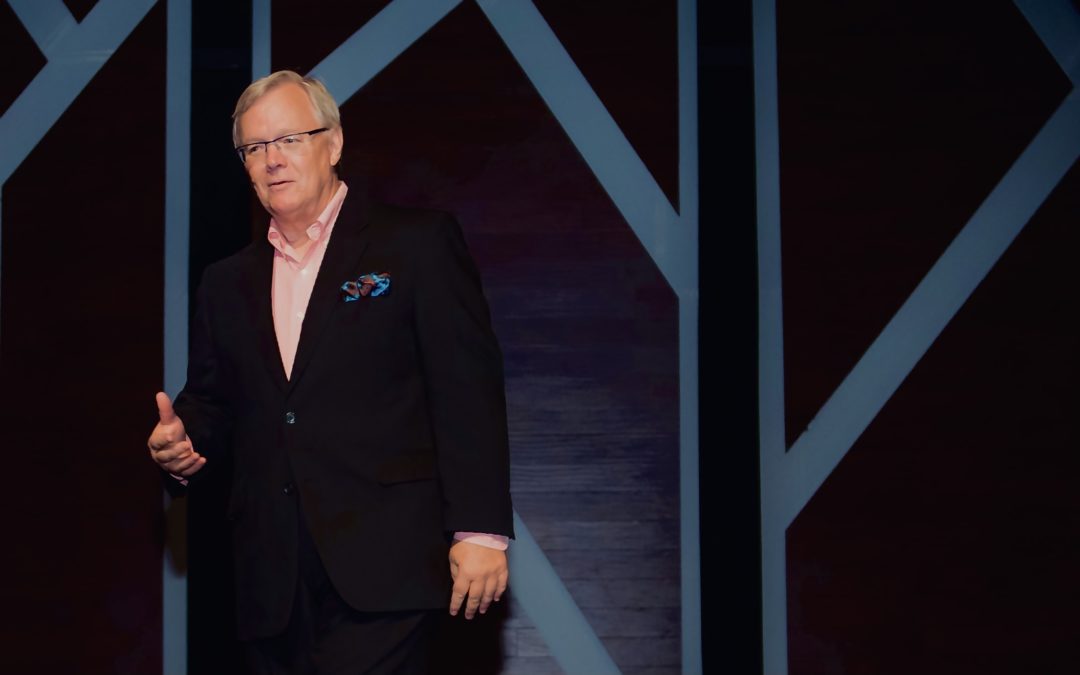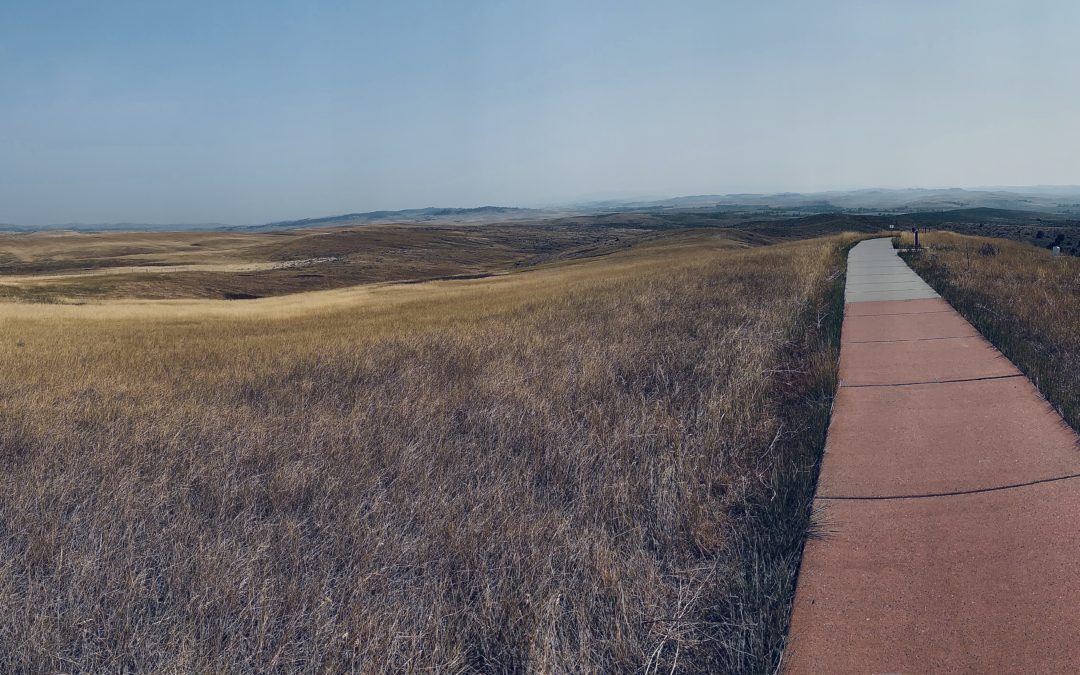
by Dr. Ed Brenegar | Mar 2, 2021 | Book, Circle of Impact, Community, Ideas, Impact, Relationships, Structure, Transition, Uncategorized
I was at a transition point in my life. I was asking questions that you may have asked yourself at some point in your life. My transition point had me looking at decisions about where I would live, how I would financially support myself, and what difference I would make with the rest of my life. These decisions followed a time of loss where my consulting practice slowly dried up, and then, after moving from being a board member into the executive director role, I was terminated from the nonprofit organization that I led. During this time, my marriage of thirty years ended.
…
Sitting in my apartment one night, the question of what my life was to be in the future became crystal clear to me. I saw myself starting over. I realized that my life was not done, there was much to do, and that my best, most important work was yet to be. So that evening, I decided that for me to start my life over, I had to move.

by Dr. Ed Brenegar | Feb 25, 2021 | Book, Circle of Impact, Ideas, Impact, Relationships, Structure, Transition
In the mid-1990s, I started my consulting practice with the aim of helping leaders strengthen their organizations, with the larger goal of strengthening their local communities. As one project after another came, a pattern began to emerge. Problems presented to me often turned out to be symptoms of more complex problems. These were not isolated incidents. The situations and the kinds of organizations were not similar. Their problems were similar. But more importantly, they were not getting resolved by the way we have all learned to solve problems. For as long as I’ve been working in organizations, the belief has been that the solution is in the problem itself. This approach failed to understand that there is always more going on than the problem itself.

by Dr. Ed Brenegar | Feb 23, 2021 | Book, Circle of Impact, Impact, Relationships, Transition
It was never my intention to become an expert on change. Yet at each transition point in my life, I discovered something about myself that made the experience of change beneficial. Even in situations of change that followed failure or loss, I found that change was like living in a large house. It comes to us when we cross a threshold to enter a new room. The house is our whole life. Each room represents a part of the life that we have lived. All the rooms are our rooms, even when they seem different from one another.
…
I know many of you have experienced similar difficult changes in life. You look back with regret, sorrow, and feelings of guilt. You may feel that life dealt you an unwinnable hand. Anger and bitterness have become a constant presence because the life you desired has not happened. The old saying that misery loves company we find not to be true.

by Dr. Ed Brenegar | Feb 18, 2021 | Book, Circle of Impact, Transition, Uncategorized
“Today, at this point in your life, what do you want to change? What is that one thing that has a hold on you, that won’t let go, because it’s calling you to do something about it? What’s stopping you from doing something about it today?

by Dr. Ed Brenegar | Oct 8, 2020 | Book, Circle of Impact, Ideas, Impact, Relationships, Structure, Transition
None of us see below the surface of things. We fool ourselves into believing that we understand what is going on, when we only see the shiny surface of things. As Paul Simon wrote in his great 1960s pop hit, The Boxer, “People believe what they want to believe, and disregard this rest.” If seeing is believing, then we only believe in the appearance of what we see, not the substance of it.
The structure of the modern organization is collapsing. It is crumbling from within. The structure is no longer adequate for the fast-paced world of change that we live in. In many respects, its persistence is an act of denying reality.
Professor Joseph Tainter describes collapse as “a rapid simplification of an overly complex system.” It happens because societies become good at solving problems. As a result, greater complexity occurs. What does this complexity look like?

by Dr. Ed Brenegar | Oct 6, 2020 | Book, Circle of Impact, Ideas, Impact, Relationships, Structure, Transition
In September 2018, after Circle of Impact was published, I hit the road to promote sales of the book. I spent the next year talking to people standing in bookstores, sitting at bars, in laundromats, parking lots, and hotel lobbies. These conversations went something like this.
“Oh, so you are the author of this book?”
“Yes.”
“What’s your book about?”
“It is a book for people and organizations that are in transition.”
Then they would give me a surprised look and say, “Oh. … Well. … That describes me.”
Then a conversation would happen where they would tell me a story about who they are, their life experience, and why they felt they were in transition.
I found that people first feel that they are in transition. But they lack a way to talk about it. This feeling rises deep from within themselves. This is especially true if they have either worked in an environment described above where they are simply hired to perform specific tasks or have been out of the workforce for a while taking care of family needs, whether children or elderly parents.
Of all the ways that I could describe the book, speaking about transition resonated most significantly with people. This isn’t just personal. It is also something happening to our society, our communities, and every organization within it. It is a global reality felt at the most intimate level of our lives. It is also clear that some people are better suited or prepared to make transitions in their lives, while for others it is a very tough, hard experience.







